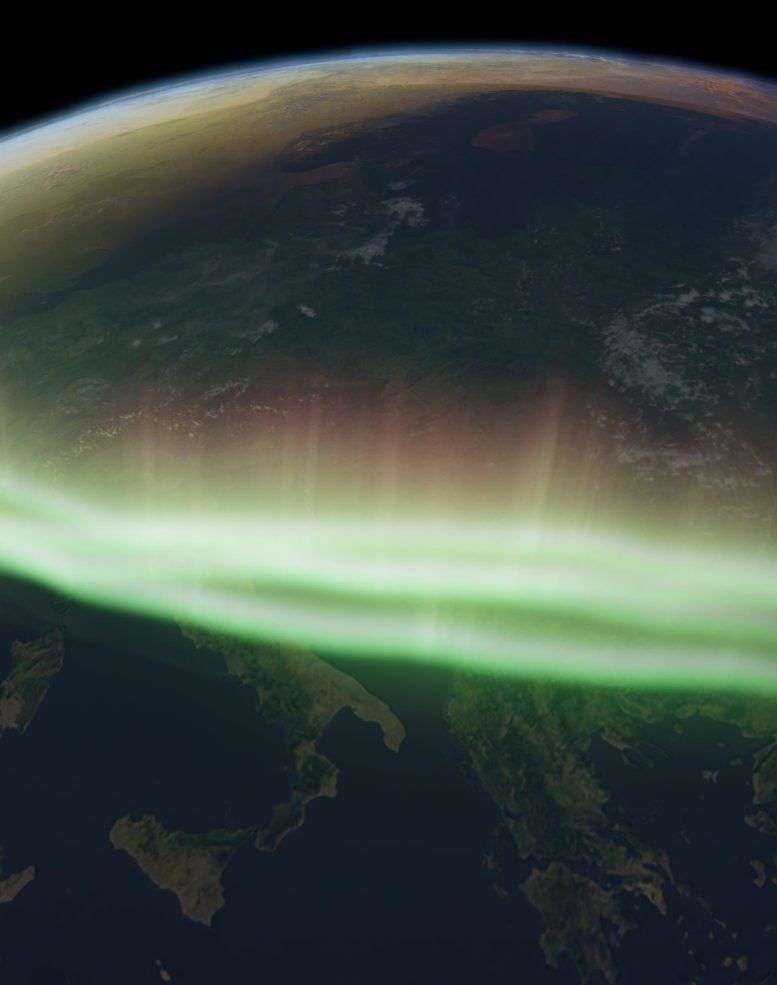
The wandering magnetic field may have had noticeable effects on humans. Source: Maximilian Schanner (GFZ Helmholtz Centre for Geosciences , Potsdam, Germany)
A collaboration between an archaeologist who studies the relationship between humans and the environment and two geophysicists who study solar activity and the Earth’s magnetic field has yielded surprising results. Initially, the team wondered if it was possible to connect space weather to human behavior. But after two years, they say the results—personal, professional, and scientific—have been worth it.
The work, published in the journal Science Advances, begins with a big question: What happened to life when Earth's magnetic shield nearly collapsed 41,000 years ago?
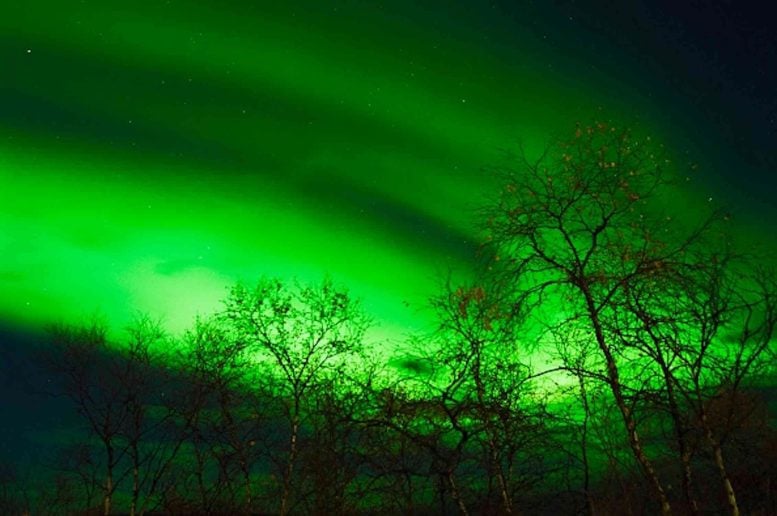
The bright gods in the skies above Europe could be either spectacular or terrifying or both to ancient people. Source: The Conversation
The Laschamps Event: When Earth Lost Its Shield
The phenomenon is known as the Laschamps Event. It was a brief but dramatic geomagnetic disruption first detected in volcanic deposits in France. Near the end of the Pleistocene, the magnetic poles did not flip completely, as they usually do every few hundred thousand years, but instead shifted chaotically over thousands of kilometers. The magnetic field strength dropped to less than 10% of its present strength.
Under normal conditions, the Earth’s magnetic field acts like a giant bar magnet. But during the Laschamps event, the field broke into several weak poles scattered across the globe. The magnetosphere, which blocks out solar wind and ultraviolet rays, was severely weakened.
As a result, auroras appeared even near the equator, and the Earth was exposed to much higher levels of solar radiation than it is today. The skies were both glorious and dangerous. Scientists say the population of the time must have been severely affected.
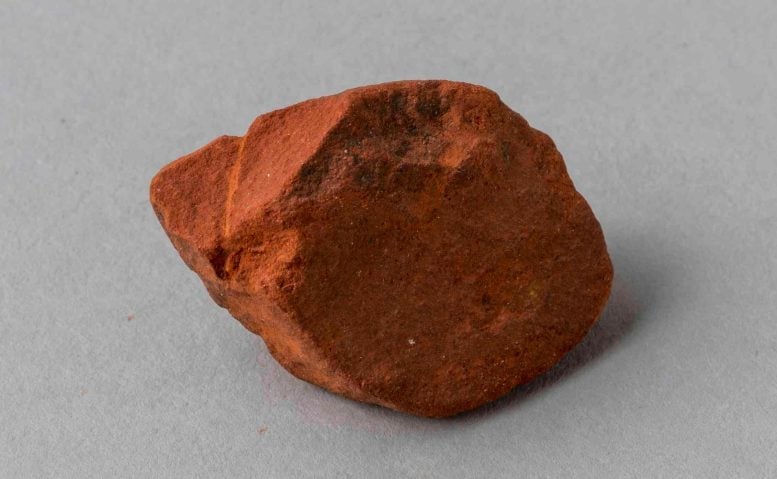
Natural ochre can act as a protective sunscreen when applied to the skin. Source: Museo Egizio di Torino
How did ancient people cope?
Archaeology shows that people of this period had a distinct reaction. Auroras may have awed, frightened, or inspired rituals. But the real danger came from ultraviolet radiation, which caused sunburn, vision loss, birth defects, and other health problems.
To adapt, humans took shelter in caves, wore extra clothing, and even applied ochre to their skin as a form of “sunscreen.” Archaeological evidence in Europe suggests that these behaviors increased significantly during the Laschamps period.
At that time, both Neanderthals and Homo sapiens coexisted in Europe. Their ranges only partially overlapped, and they responded differently: some groups relied heavily on shelters, while others developed tools and material culture for protection.
The researchers stress that this change cannot be attributed entirely to space weather, and the Laschamps event was not the sole cause of the Neanderthal extinction. It was just one of many invisible but powerful factors that shaped human adaptation and innovation.
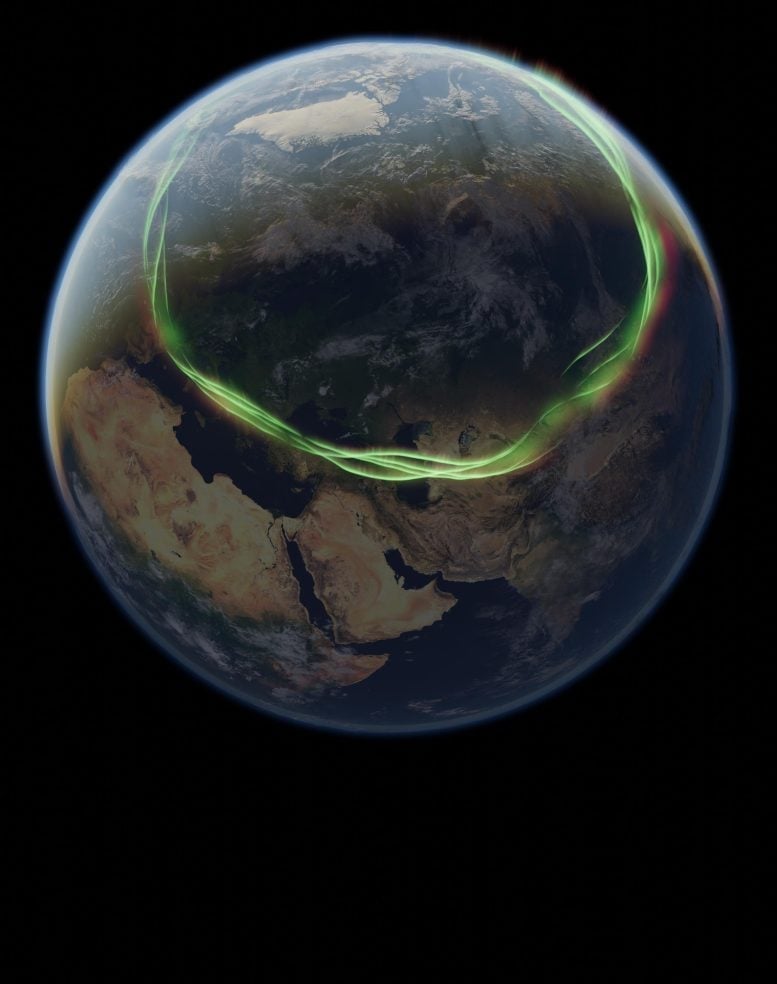
Artist's illustration of how auroras might appear at lower latitudes during the Laschamps expedition. Credit: Maximilian Schanner (Helmholtz Centre for Geosciences GFZ, Potsdam, Germany)
Lessons from interdisciplinary collaboration
Combining archaeology and geophysics was initially difficult, but it opened up new perspectives. Archaeology was accustomed to deciphering the invisible traces of climate, while geophysics was more focused on data and modeling. When the two fields merged, the story of how space affects human life became clearer.
Scientists say the Laschamps event was not a unique event. Earth’s magnetic field has been disrupted many times before and will certainly do so again in the future. Understanding how our ancestors coped with the radiation-filled skies 41,000 years ago could help modern humans prepare for similar scenarios.
The study also demonstrates the value of transcending professional boundaries. Space, though vast, connects us to the Earth. And sometimes, that connection begins with something as simple as ochre, a coat, or a layer of prehistoric “sunscreen.”
Source: https://doanhnghiepvn.vn/cong-nghe/41-000-nam-truoc-trai-dat-bien-thanh-lo-vi-song-vu-tru-to-tien-loai-nguoi-da-thoat-hiem-ra-sao/20250904082741945



![[Photo] Flooding on the right side of the gate, entrance to Hue Citadel](https://vphoto.vietnam.vn/thumb/1200x675/vietnam/resource/IMAGE/2025/10/28/1761660788143_ndo_br_gen-h-z7165069467254-74c71c36d0cb396744b678cec80552f0-2-jpg.webp)
![[Photo] National Assembly Chairman Tran Thanh Man received a delegation of the Social Democratic Party of Germany](https://vphoto.vietnam.vn/thumb/1200x675/vietnam/resource/IMAGE/2025/10/28/1761652150406_ndo_br_cover-3345-jpg.webp)


![[Photo] Draft documents of the 14th Party Congress reach people at the Commune Cultural Post Offices](https://vphoto.vietnam.vn/thumb/1200x675/vietnam/resource/IMAGE/2025/10/28/1761642182616_du-thao-tai-tinh-hung-yen-4070-5235-jpg.webp)
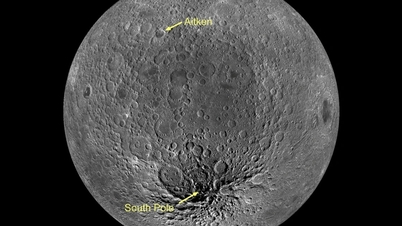

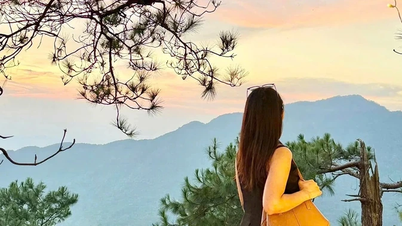

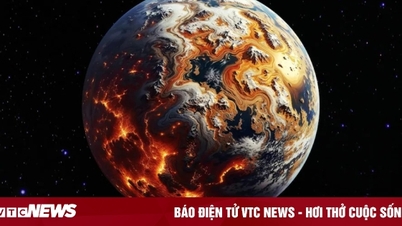



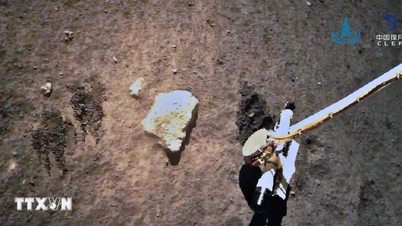

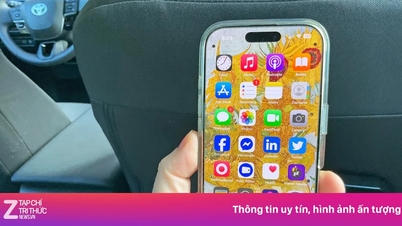

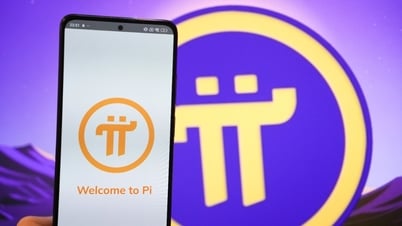
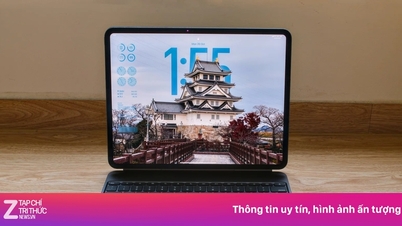








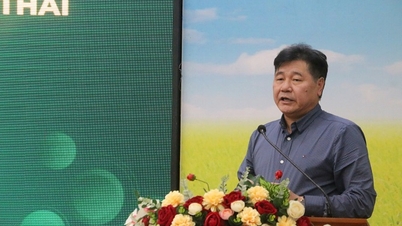
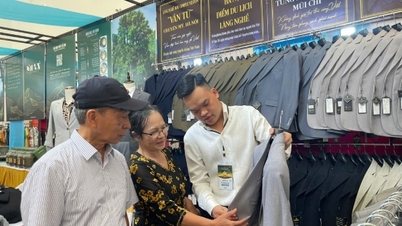




![[Photo] President Luong Cuong attends the 80th Anniversary of the Traditional Day of the Armed Forces of Military Region 3](https://vphoto.vietnam.vn/thumb/1200x675/vietnam/resource/IMAGE/2025/10/28/1761635584312_ndo_br_1-jpg.webp)













































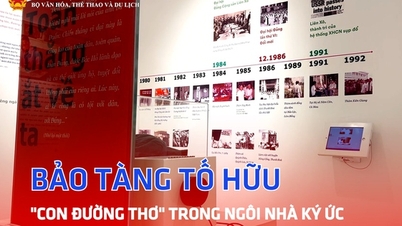
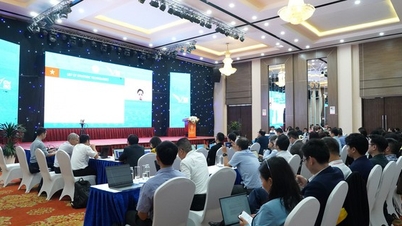

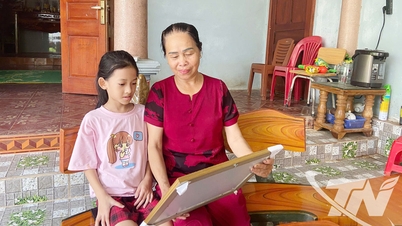

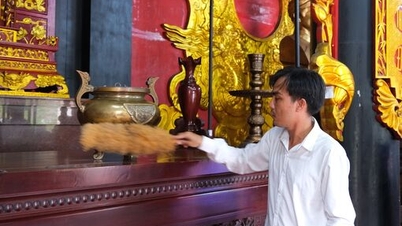

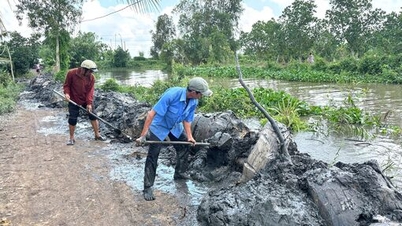





















Comment (0)